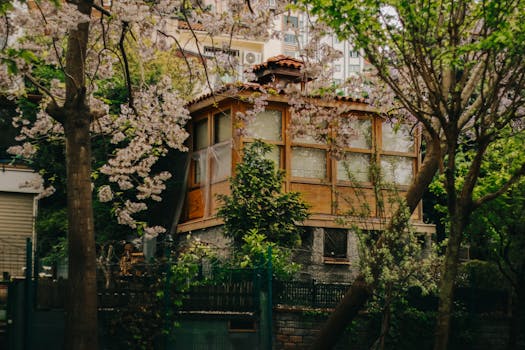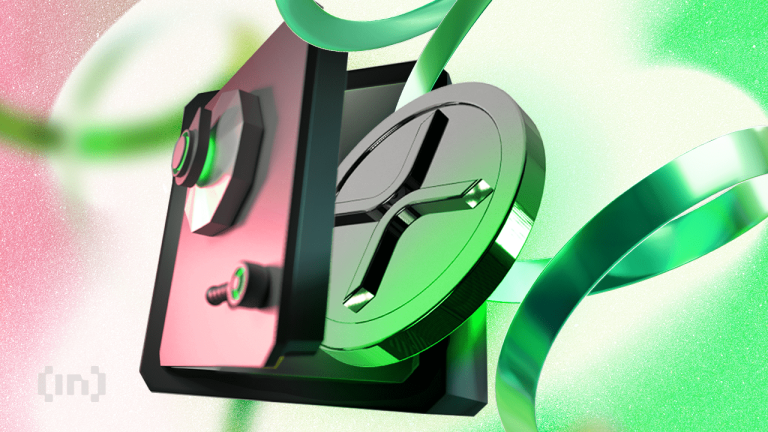
Urban Green Spaces: The Future of Outdoor Living in European Cities by 2025
Introduction to Urban Green Spaces
Urban green spaces, such as parks, gardens, and green roofs, are becoming increasingly important in European cities. These spaces provide a range of benefits, including improved air quality, reduced noise pollution, and enhanced biodiversity. As we look to the future, it is clear that urban green spaces will play a vital role in shaping the quality of life in European cities.
The Benefits of Urban Green Spaces
The benefits of urban green spaces are numerous and well-documented. Some of the most significant advantages include:
- Improved air quality: Urban green spaces can help to reduce air pollution by absorbing pollutants and producing oxygen.
- Reduced noise pollution: Green spaces can act as a buffer, reducing the impact of noise pollution on urban residents.
- Enhanced biodiversity: Urban green spaces can provide a habitat for a range of plant and animal species, helping to preserve biodiversity in urban areas.
- Improved mental health: Spending time in green spaces has been shown to have a positive impact on mental health, reducing stress and anxiety.
European Cities Leading the Way
Many European cities are already taking steps to prioritize urban green spaces. For example:
- Copenhagen: The city has implemented a range of green initiatives, including the creation of green roofs and walls, and the development of a network of green spaces throughout the city.
- Amsterdam: The city has a strong focus on green infrastructure, with a range of parks, gardens, and green roofs.
- Barcelona: The city has implemented a range of urban green space initiatives, including the creation of green roofs, walls, and facades.
The Future of Urban Green Spaces
As we look to the future, it is clear that urban green spaces will play an increasingly important role in shaping the quality of life in European cities. Some of the key trends and developments that are likely to shape the future of urban green spaces include:
- Increased use of green infrastructure: Green infrastructure, such as green roofs and walls, is likely to become more prevalent in urban areas.
- Greater focus on biodiversity: There will be a greater emphasis on preserving and enhancing biodiversity in urban areas.
- More emphasis on community engagement: Urban green spaces will be designed to engage with local communities, providing opportunities for recreation, education, and social interaction.
Conclusion
Urban green spaces are a vital component of European cities, providing a range of benefits that enhance the quality of life for urban residents. As we look to the future, it is clear that these spaces will play an increasingly important role in shaping the sustainability and livability of our cities. By prioritizing urban green spaces, we can create healthier, more sustainable, and more livable cities for generations to come.
Urban Green Spaces and Sustainability
Urban green spaces are a key component of sustainable urban development. These spaces can help to reduce the urban heat island effect, manage stormwater runoff, and mitigate the impacts of climate change. Additionally, urban green spaces can provide a range of ecosystem services, including air and water filtration, and soil formation.
Urban Green Spaces and Green Infrastructure
Green infrastructure, such as green roofs and walls, is an important component of urban green spaces. These structures can provide a range of benefits, including reduced energy consumption, improved air quality, and enhanced biodiversity. Additionally, green infrastructure can help to manage stormwater runoff, reducing the risk of flooding and improving water quality.
Urban Green Spaces and Community Engagement
Urban green spaces can play an important role in community engagement and social interaction. These spaces can provide opportunities for recreation, education, and social interaction, helping to build stronger, more cohesive communities. Additionally, urban green spaces can provide a range of cultural and artistic activities, enhancing the quality of life for urban residents.
Urban Green Spaces and Technology
Technology is playing an increasingly important role in the development and management of urban green spaces. For example, smart city technologies can be used to monitor and manage green infrastructure, optimizing its performance and reducing maintenance costs. Additionally, digital platforms can be used to engage with local communities, providing information and resources on urban green spaces and promoting community involvement.
Urban Green Spaces and Policy
Policy and planning are critical components of urban green space development. Cities can use policy and planning tools to prioritize urban green spaces, ensuring that these spaces are protected and enhanced for future generations. Additionally, policy and planning can be used to promote community engagement and social interaction, helping to build stronger, more cohesive communities.
Urban Green Spaces and the Future
As we look to the future, it is clear that urban green spaces will play an increasingly important role in shaping the quality of life in European cities. These spaces will provide a range of benefits, including improved air quality, reduced noise pollution, and enhanced biodiversity. Additionally, urban green spaces will play a critical role in promoting sustainability, community engagement, and social interaction, helping to create healthier, more livable cities for generations to come.
Case Studies of Urban Green Spaces
There are many examples of successful urban green space projects in European cities. For example:
- The High Line in New York City: This elevated park has been built on an old rail line, providing a unique green space in the heart of the city.
- The park at the Palais-Royal in Paris: This park is a tranquil oasis in the heart of the city, providing a range of cultural and artistic activities.
- The gardens at the Villa Borghese in Rome: These gardens are a beautiful example of urban green space, providing a range of recreational and cultural activities.
Best Practices for Urban Green Spaces
There are many best practices that can be applied to urban green space development. Some of the most important include:
- Community engagement: Urban green spaces should be designed to engage with local communities, providing opportunities for recreation, education, and social interaction.
- Sustainability: Urban green spaces should be designed to be sustainable, using green infrastructure and reducing energy consumption.
- Biodiversity: Urban green spaces should be designed to preserve and enhance biodiversity, providing a range of ecosystem services.
Challenges and Opportunities for Urban Green Spaces
There are many challenges and opportunities facing urban green space development. Some of the most significant include:
- Climate change: Urban green spaces can help to mitigate the impacts of climate change, but they are also vulnerable to its effects.
- Urbanization: The increasing urbanization of European cities can put pressure on urban green spaces, threatening their existence and quality.
- Funding: Urban green space development can be expensive, requiring significant funding and investment.
Conclusion
Urban green spaces are a vital component of European cities, providing a range of benefits that enhance the quality of life for urban residents. As we look to the future, it is clear that these spaces will play an increasingly important role in shaping the sustainability and livability of our cities. By prioritizing urban green spaces, we can create healthier, more sustainable, and more livable cities for generations to come.
Recommendations for Urban Green Space Development
There are many recommendations that can be made for urban green space development. Some of the most important include:
- Prioritize community engagement: Urban green spaces should be designed to engage with local communities, providing opportunities for recreation, education, and social interaction.
- Use green infrastructure: Green infrastructure, such as green roofs and walls, can provide a range of benefits, including reduced energy consumption and improved air quality.
- Promote sustainability: Urban green spaces should be designed to be sustainable, using green infrastructure and reducing energy consumption.
Final Thoughts on Urban Green Spaces
Urban green spaces are a critical component of European cities, providing a range of benefits that enhance the quality of life for urban residents. As we look to the future, it is clear that these spaces will play an increasingly important role in shaping the sustainability and livability of our cities. By prioritizing urban green spaces, we can create healthier, more sustainable, and more livable cities for generations to come.




